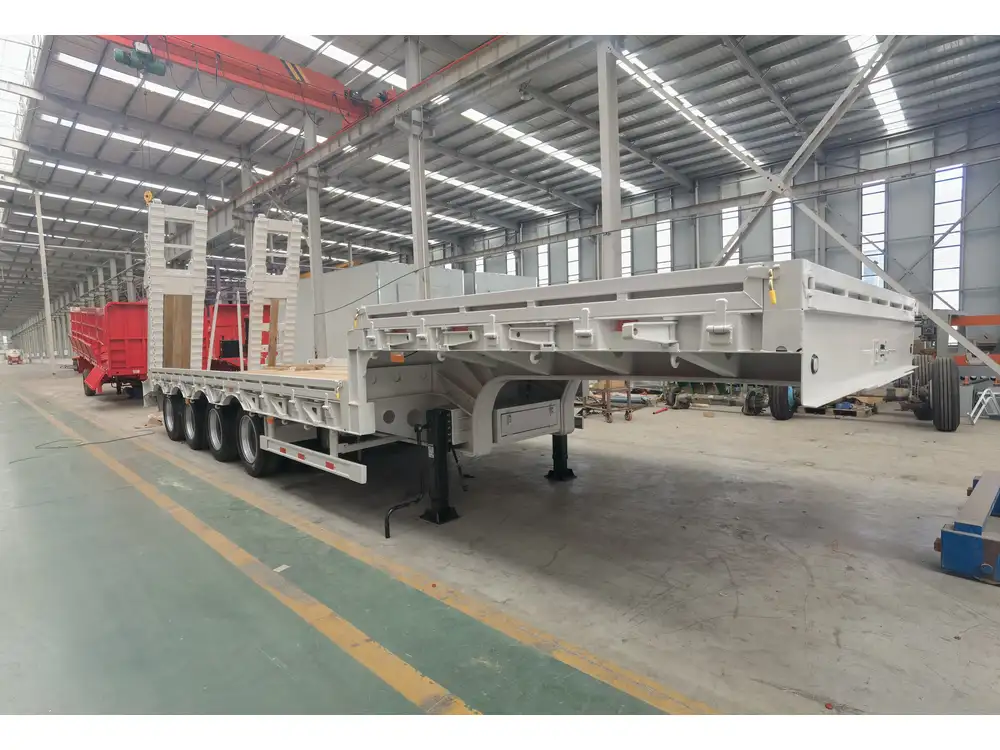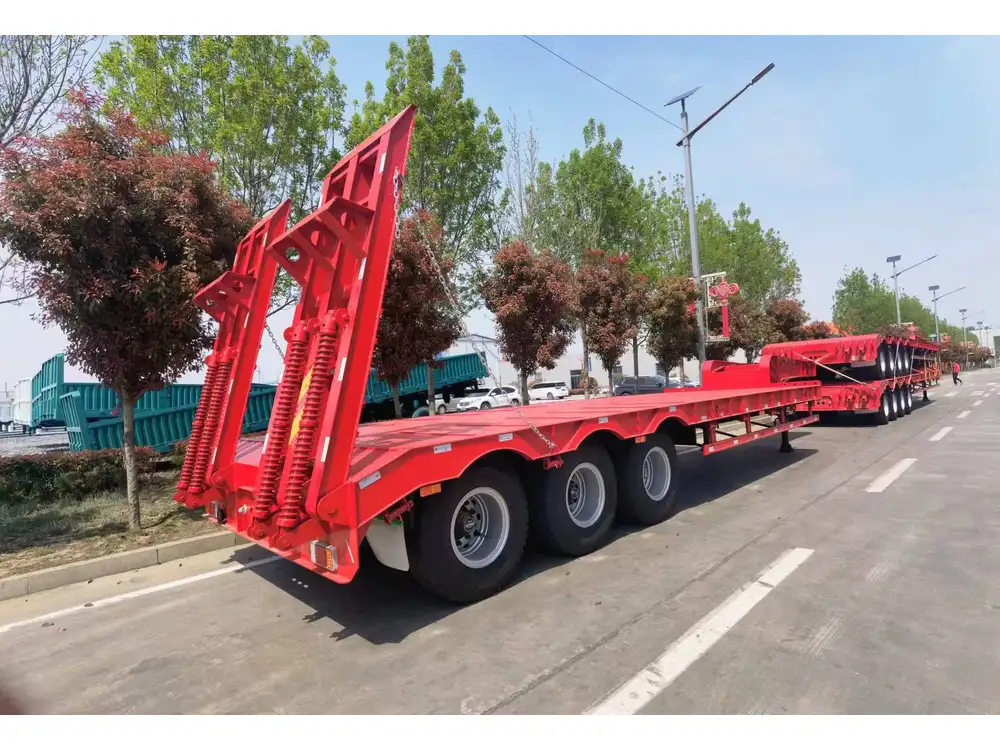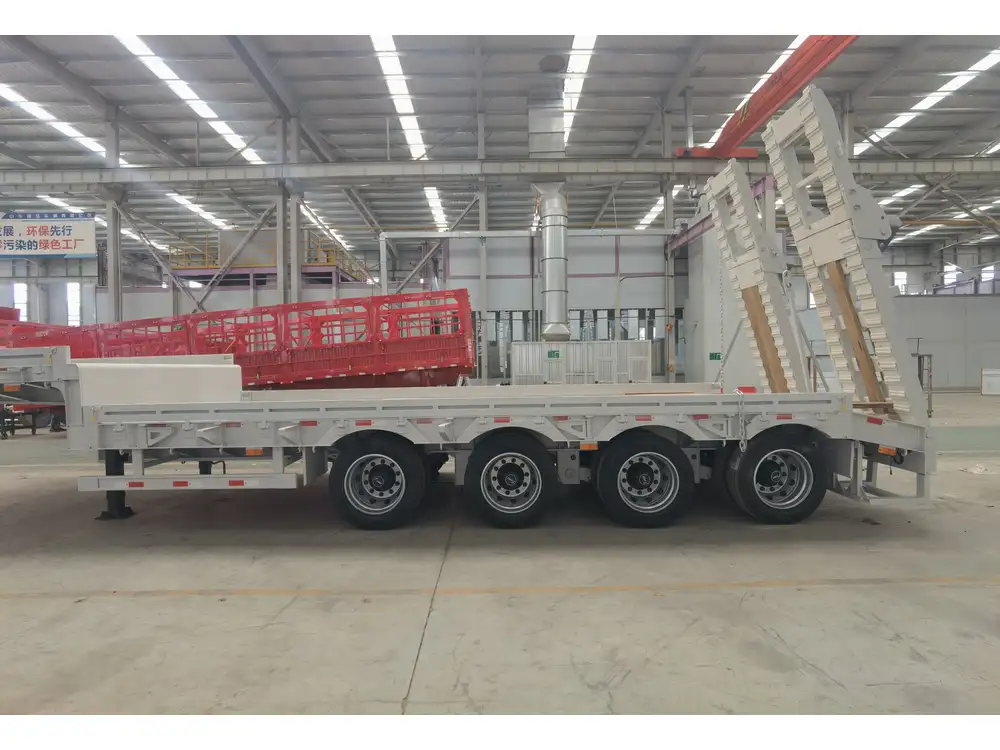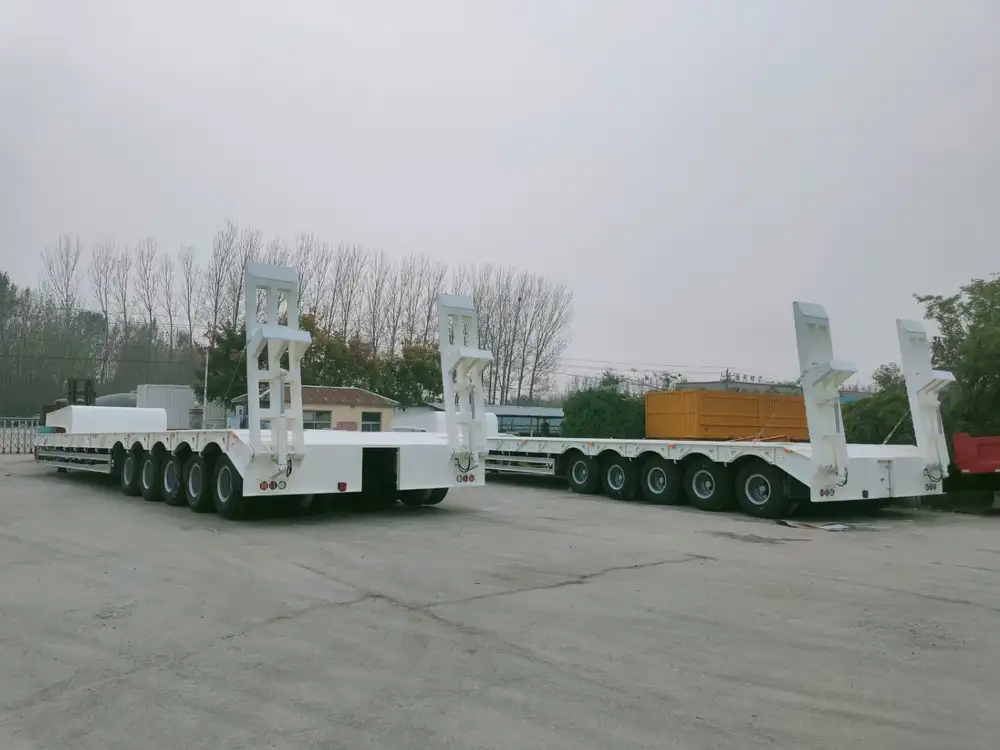Semi-trailers are an essential part of the freight transportation industry, carrying goods across vast distances. Understanding the costs associated with purchasing a semi-trailer, particularly the Federal Excise Tax (FET), is crucial for businesses looking to expand or upgrade their fleet. In this comprehensive guide, we will delve deep into the implications of the FET on semi-trailer purchases, helping you navigate this integral aspect of your procurement process.
What is FET and Why is it Important?
The Federal Excise Tax (FET) is a tax levied on certain goods and services in the United States, aimed primarily at funding various federal programs and initiatives. For semi-trailer manufacturers and purchasers, understanding the nuances of FET is essential because it significantly affects the total purchase price.
FET Rates and Affected Vehicles
The FET plays a pivotal role in how businesses calculate their budgets. Here’s a quick overview of the rates:
| Type of Vehicle | FET Rate |
|---|---|
| Heavy Trucks (over 33,000 lbs) | 12% |
| Trailer Tractors | 12% |
| Semi-Trailers | 12% (on the purchase price) |
| Certain parts and accessories | 2.5% for tires, 10% for other parts |
These rates apply to both new and used equipment, although there may be exceptions or reductions based on certain conditions.

Calculating the FET on Semi-Trailers
To understand how much FET you’ll pay on a semi-trailer, let’s walk through an example. Suppose you are considering purchasing a new semi-trailer priced at $50,000.
Formula to Calculate FET
- Determine Purchase Price: $50,000
- Apply FET Rate for Semi-Trailers: FET = Purchase Price × FET Rate (12%)
- Calculation: [ \text{FET} = 50,000 \times 0.12 = 6,000 ]
Thus, the Federal Excise Tax on a $50,000 semi-trailer would be $6,000, making the total cost $56,000.
Factors Influencing FET

1. Type of Semi-Trailer
Different types of semi-trailers (e.g., flatbeds, refrigerated trailers, tanker trailers) may affect costs in the broader scope of operation, maintenance, or specific regulations. However, the FET remains the same—12%—regardless of the trailer type, based solely on the purchase price.
2. State and Local Taxes
In addition to FET, prospective buyers should understand that sales taxes and other local taxes may apply, thus increasing overall expenses significantly. Assessing regulations and rates based on geographical location is essential.
3. Business Structure and Tax Status
Business types (LLC, corporation, etc.) may have different implications regarding tax deductibility for FET when filing taxes. Engaging with a tax advisor familiar with transportation regulations can yield substantial savings and insights.

Potential Buyer Questions About FET
Navigating through the intricacies of FET can leave potential buyers with numerous questions. Here are some vital considerations:
How is FET Paid?
FET is typically paid by the seller but is usually factored into the final purchase price passed on to the buyer. It’s crucial to ensure that your vendor includes it in the invoice breakdown clearly.
Are There Exemptions?
Several exemptions apply to the FET, mainly tailored to specific vehicle use, such as:
- Government Entities: Purchases made by state and local governments may be exempt from FET.
- Certain Non-Profits: Schools and non-profit organizations involved in charitable work might qualify for exemptions.
Understanding these exemptions can lead to significant savings.

How Does FET Affect Financing?
If you are financing your semi-trailer purchase, remember that lenders often take the entire cost (including FET) into account when determining loan amounts and monthly payments. Familiarize yourself with how your financing agreement addresses tax implications.
The Impact of FET on Total Cost of Ownership (TCO)
Businesses should analyze the Total Cost of Ownership (TCO) when acquiring semi-trailers. The TCO encompasses all costs associated with owning and operating the trailer over its useful life. Let’s break this down:
Components of TCO:
- Initial Purchase Price: Including FET and other state taxes.
- Financing Costs: Interest paid over the loan term.
- Maintenance and Repairs: Regular check-ups and unexpected breakdowns.
- Insurance: Protecting your investment with adequate coverage.
- Depreciation: Typical asset wear-off and its impact on the resale value.
By calculating TCO accurately, businesses can make informed decisions regarding their fleet investments.

Tips for Buyers to Minimize FET Expenses
1. Consider Used Trailers
While used trailers still incur FET, the overall costs may be significantly lower than new models, effectively reducing the tax burden.
2. Compare Multiple Vendors
Vendors may incorporate calculation methods varying slightly in how they might present the FET. By acquiring quotes from multiple semi-trailer manufacturers, you may discover discrepancies and negotiate a better deal.

3. Leverage Tax Credits
Businesses should explore whether they qualify for any tax credits that can offset the FET burden. Various federal and state programs provide financial incentives.
Effective Strategies for Selecting the Best Semi-Trailer
Having clarified FET’s complexities, you must also consider strategies for selecting the right semi-trailer:
Understanding Your Needs

Weight Capacity Requirements
Knowing the weight capacity essential for your operations helps in choosing the suitable semi-trailer type and minimizes overloading issues, which can incur additional costs.
Type of Load
Understanding the kind of goods transported, whether perishable, hazardous, or oversized, can streamline your selection.
Regularity of Use
Evaluate whether the trailer is for short- or long-haul missions. These needs will influence drive quality, fuel efficiency, and overall durability, all of which are pertinent to operational costs.

Engaging with Manufacturers
Vetting the Manufacturer’s Reputation
Researching and establishing dialogues with reputable manufacturers can unveil insights into the quality of the semi-trailer, warranty options, and customer service excellence.
Understanding Warranty and Support
Explore the extent of the warranty offered and the support available post-purchase. A robust after-sale support system is crucial for long-term investments like semi-trailers.

Conclusion: Ensuring Smart Investments in Semi-Trailers
Purchasing a semi-trailer is a significant investment impacted by numerous factors, including the Federal Excise Tax. By understanding and estimating FET accurately, alongside other components of total ownership costs, businesses can optimize their procurement processes. Furthermore, leveraging strategic insights and thorough evaluation of your requirements can facilitate smart investments that drive operational efficiency and profitability.
By approaching semi-trailer acquisitions with comprehensive knowledge, businesses can not only comply with industry mandates but also position themselves strategically within the competitive transport landscape. Engaging proactively with manufacturers and leveraging available tax incentives ensures a well-rounded approach fosters successful growth.
Call to Action
Stay ahead in the trucking industry by understanding your financing options. As you consider your next semi-trailer purchase, ensure you incorporate comprehensive research into your decision-making process. For additional insights into your specific needs or to discuss the types of semi-trailers we offer, feel free to contact us. Let’s drive your business forward together!



